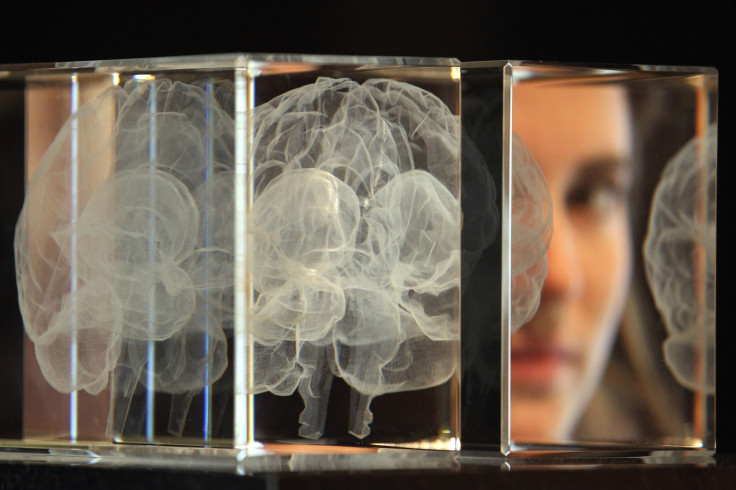Brain circuit that controls fear identified by scientists

Researchers have found that fear is stored within a distinct region of the brain, offering hope for millions suffering from anxiety disorders.
US researchers have described a 'circuit' that controls terrifying memories and behaviour in the brains of mice, according to a MailOnline report.
"In our previous work, we discovered that fear learning and memory are orchestrated by neurons in the central amygdala," explains CSHL Associate Professor Bo Li, who led the team of researchers.
One possible candidate for controlling the central amygdala was a cluster of neurons that form the PVT, or paraventricular nucleus of the thalamus. This region of the brain is extremely sensitive to stress, acting as a sensor for both physical and psychological tension.
The researchers looked to see if the PVT plays a role in fear learning and memory in mice and published their findings in Nature magazine. "We found that the PVT is specifically activated as animals learn to fear or as they recall fear memories," says Li. The team was able to see that neurons from the PVT extend deep into the central amygdala. Disrupting the connection significantly impaired fear learning.
The link between the PVT and the central amygdala is a critical component of fear learning and represents a good target for potential drugs to treat anxiety disorders. Scientists looked to data from people with post-traumatic stress disorder (PTSD) to identify chemical messengers that might connect the two structures.
They focused on a molecule called BDNF that has been implicated in anxiety disorders. BDNF is a well-known neural growth factor that plays an important role in stimulating the birth of new neurons as well as new connections between neurons. Patients with anxiety disorders frequently have mutations in BDNF, suggesting that it might have a role in fear learning and memory.
The researchers worked to determine if BDNF plays a role in fear, and specifically if it affects the connection between the PVT and central amygdala in mice. They found that the addition of BDNF in the central amygdala acutely activates its neurons, triggering a fear response in animals that have not previously been exposed to a fearful stimulus, and promoting the formation of long-term fear memories.
"We established that this is a regulatory circuit that controls fear in mice: BDNF is the chemical messenger that allows the PVT to exert control over the central amygdala," Li explains.
The results, he says, are consistent with what clinicians have seen and may help to explain some of the underlying pathology in patients. "Our work provides mechanistic insight into a novel circuit that controls fear in the brain, and provides a target for the future treatment of anxiety disorders," said Li.
Scientists also found a brain circuit that connects an area called the lateral septum (LS) with other brain structures in a way that directly affects anxiety.
David Anderson, Seymour Benzer Professor of Biology at California Institute of Technology (Caltech) reported the findings in Cell magazine: "Our study has identified a new neural circuit that plays a causal role in promoting anxiety states.
"Part of the reason we lack more effective and specific drugs for anxiety is that we don't know enough about how the brain processes anxiety. This study opens up a new line of investigation into the brain circuitry that controls anxiety."
Figures from the National Institutes of Mental Health show over 18% of adults in the US are affected by anxiety disorders, where people experience excessive worry or tension, often leading to physical symptoms.
© Copyright IBTimes 2025. All rights reserved.






















